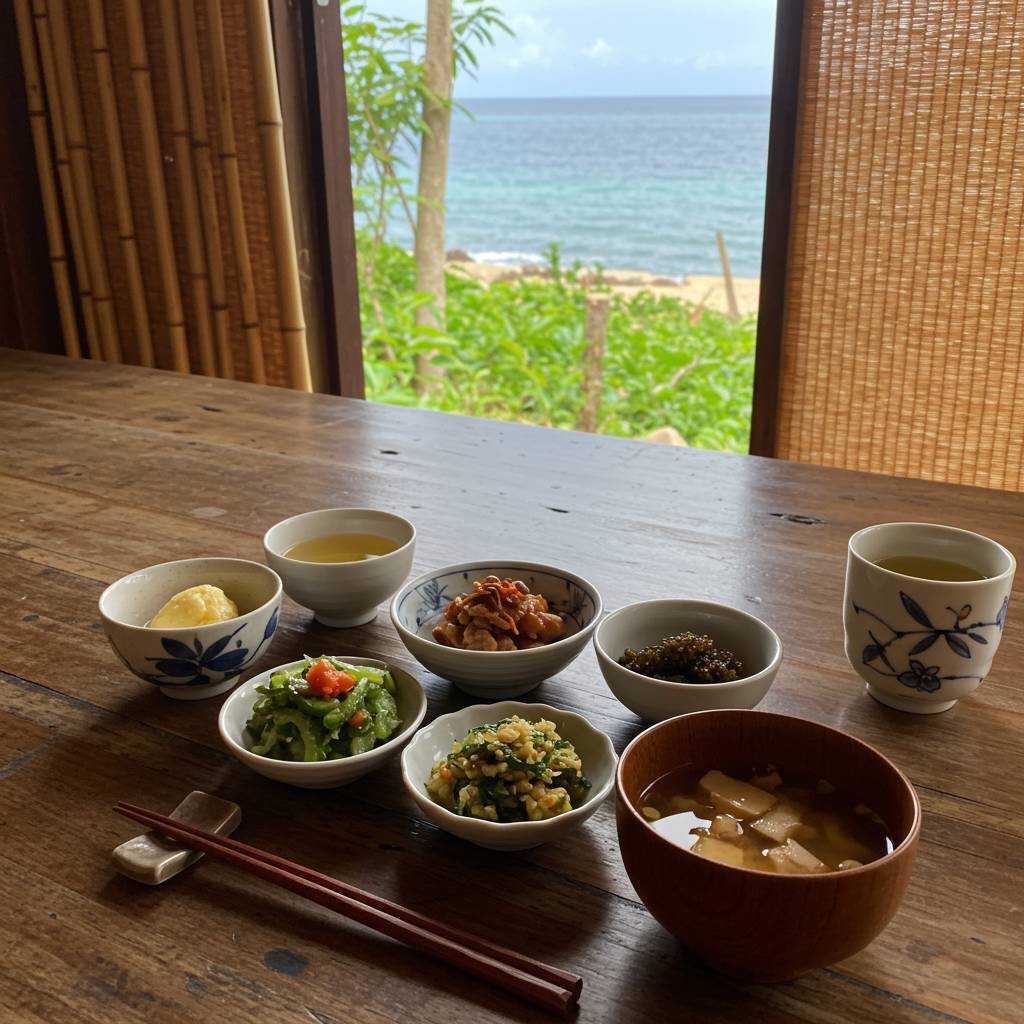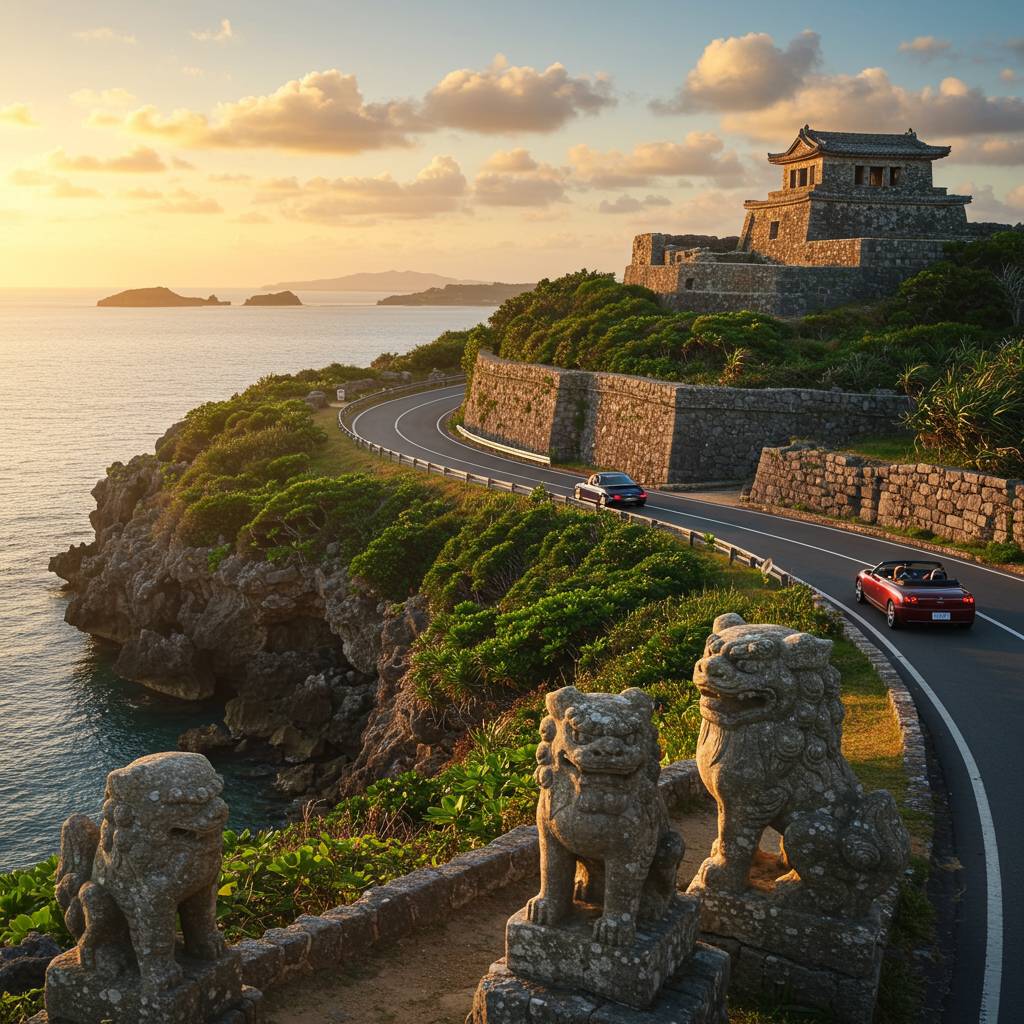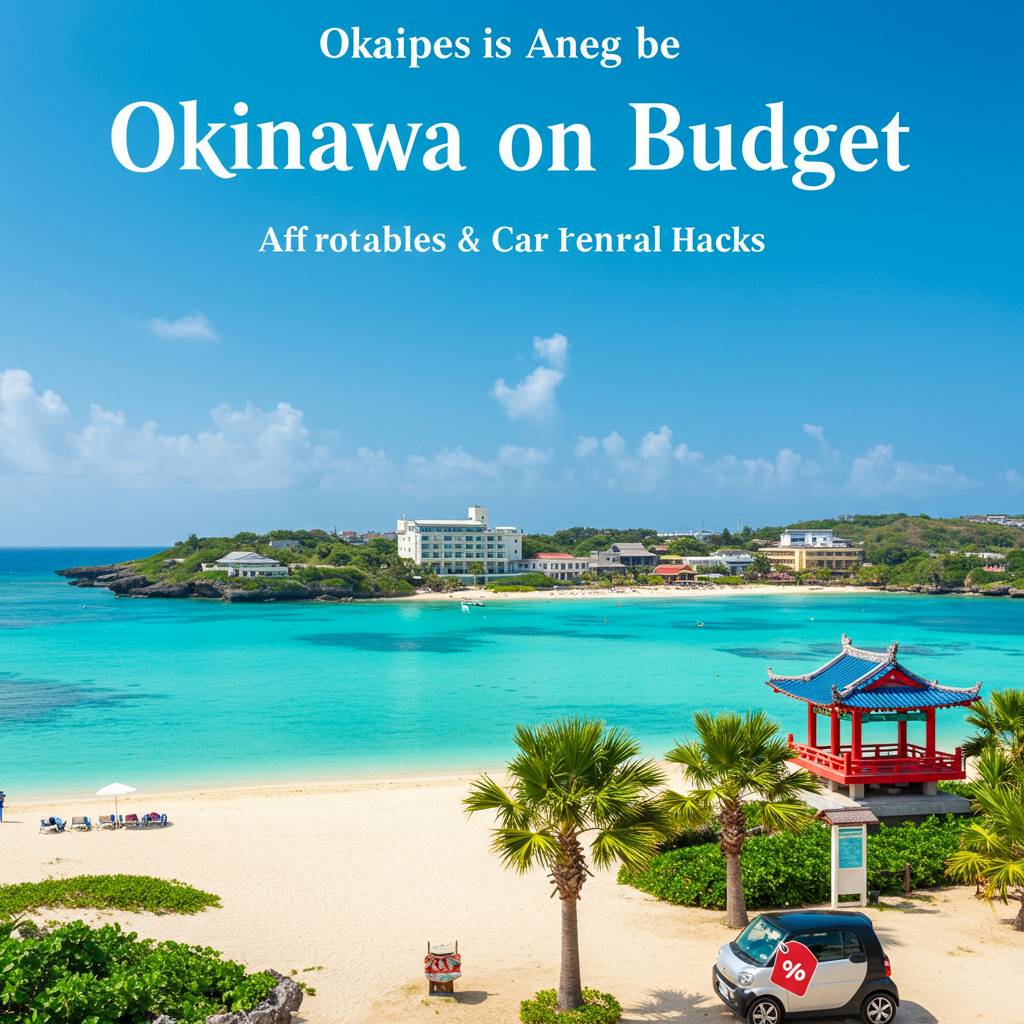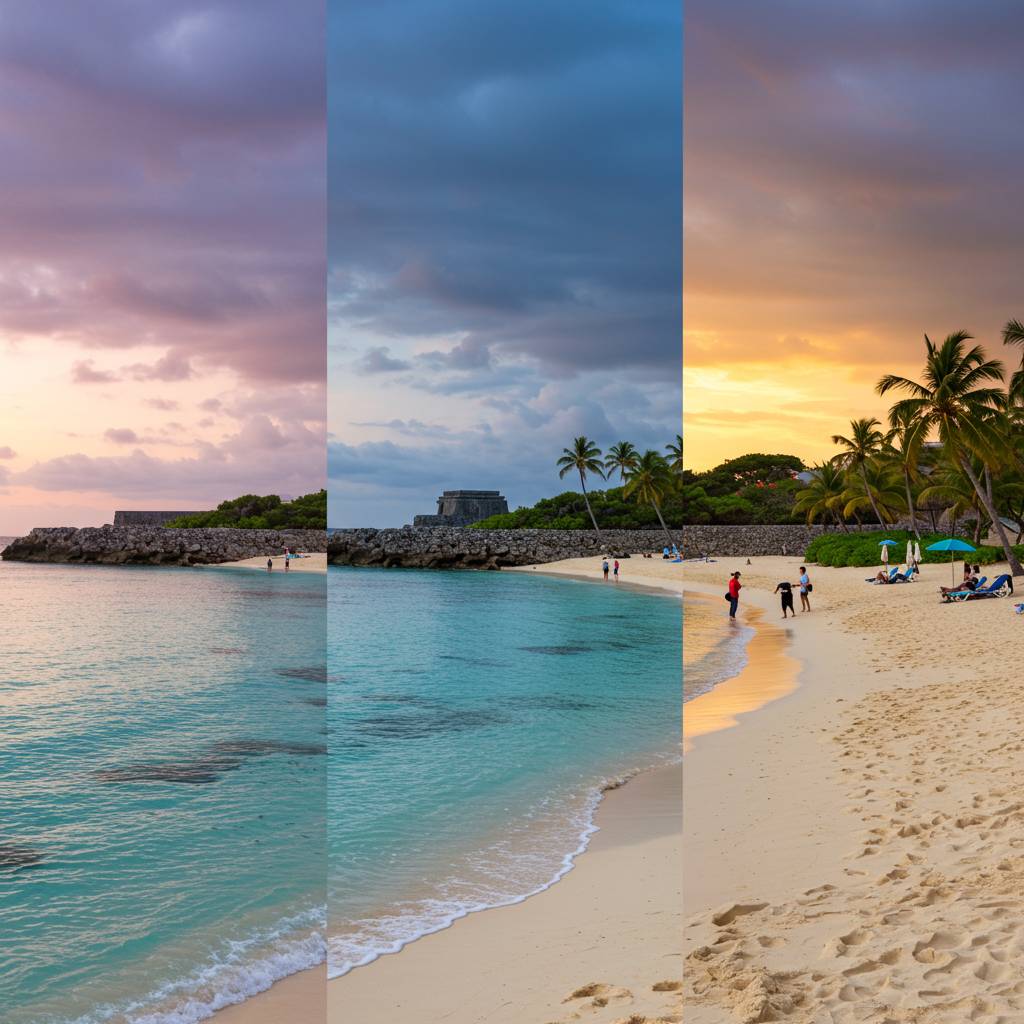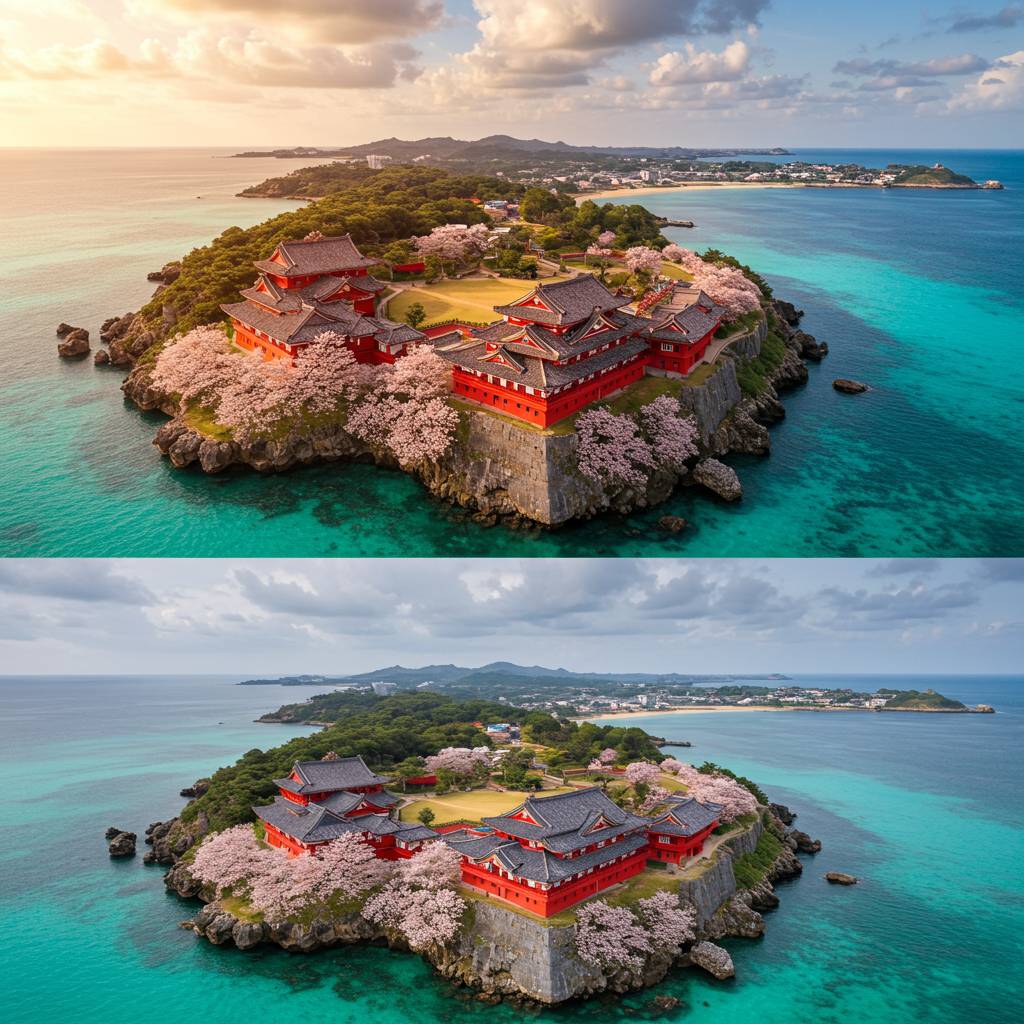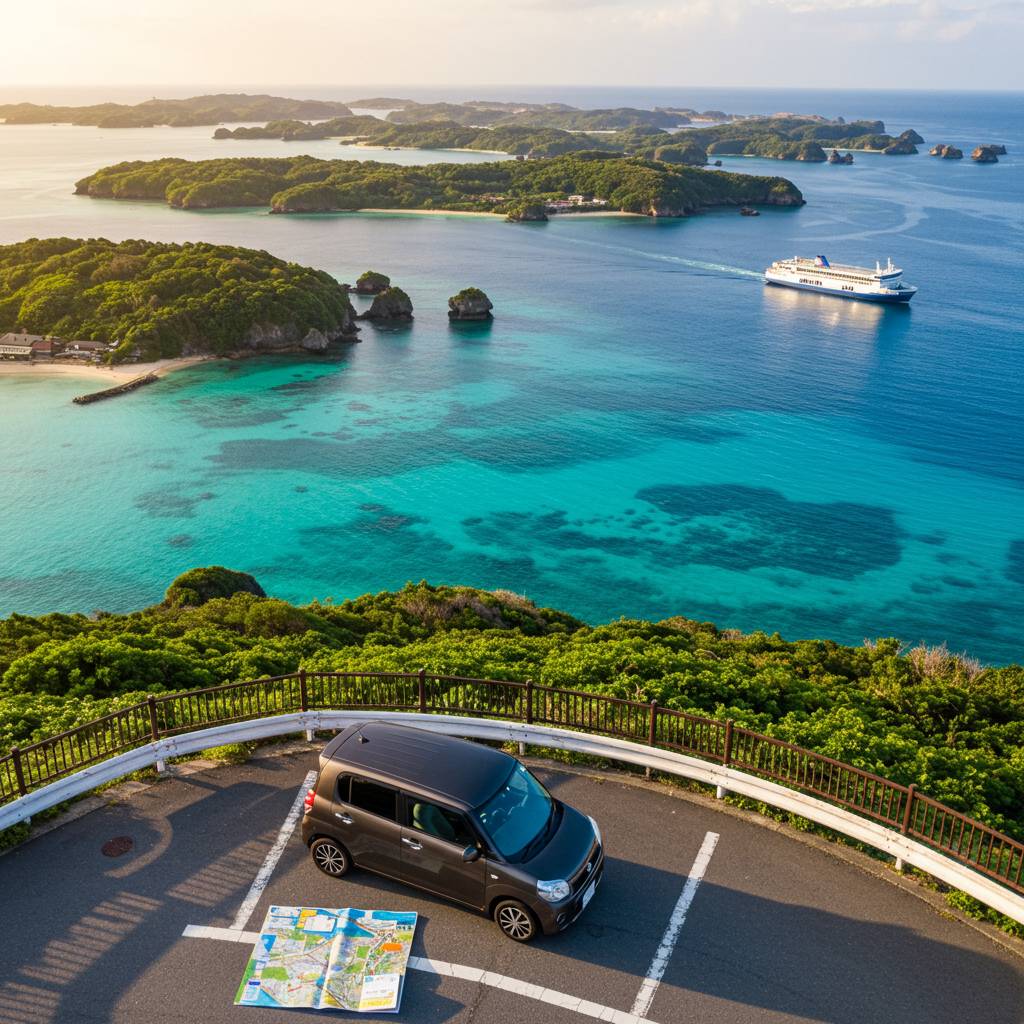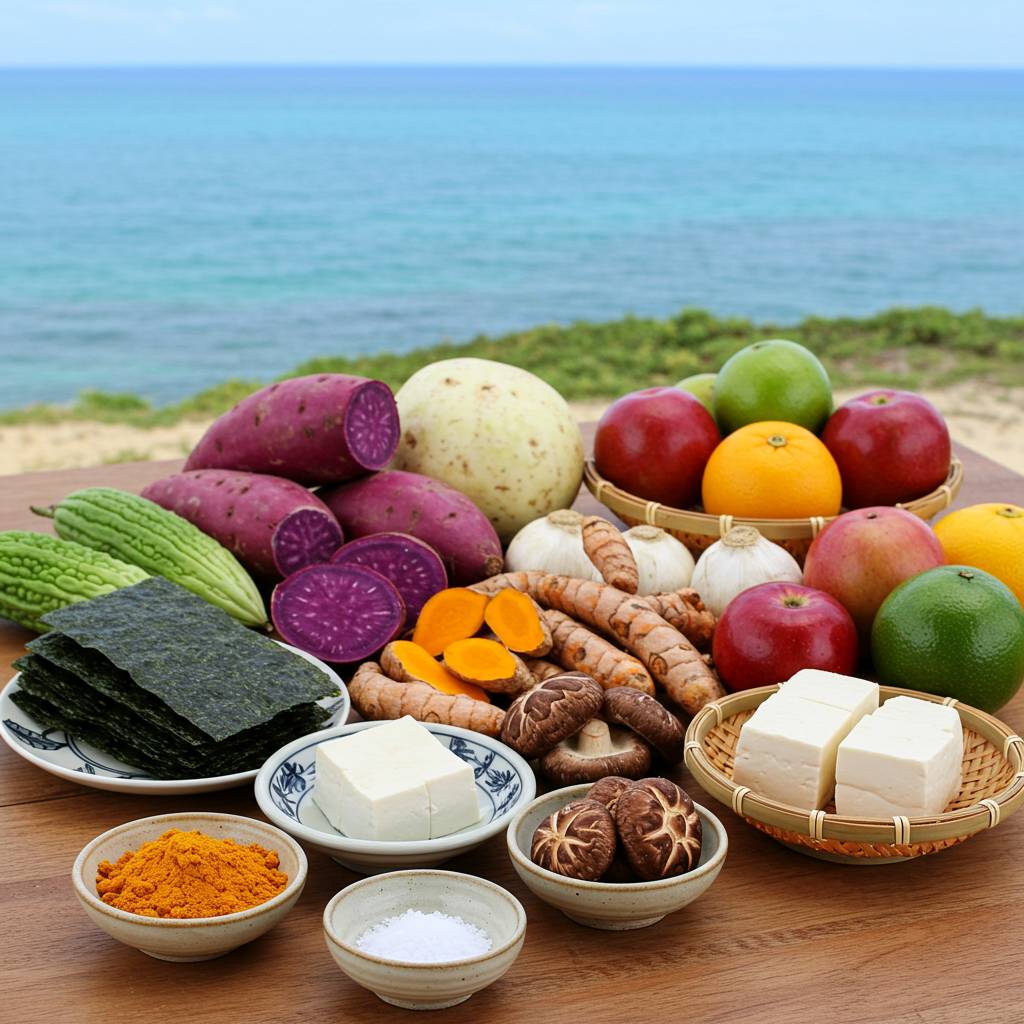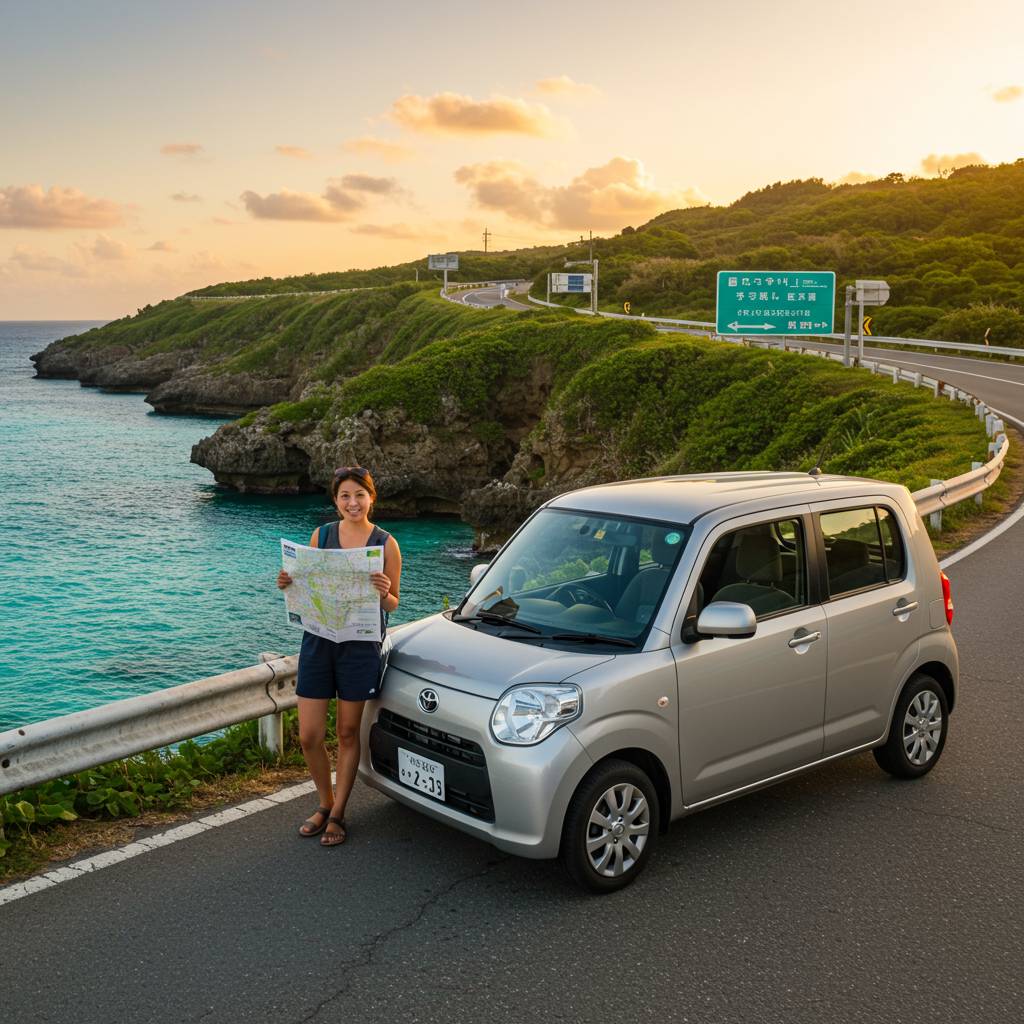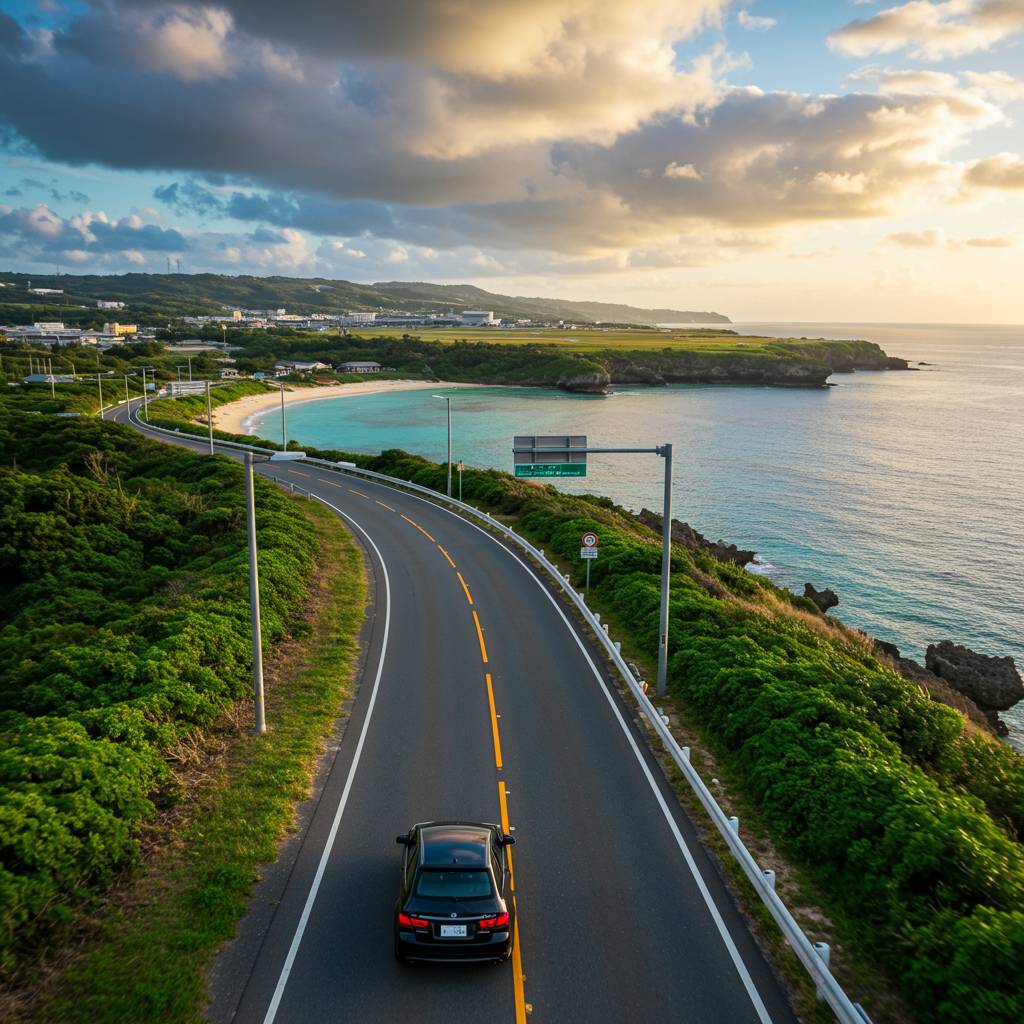Are you planning a trip to Japan’s tropical paradise? Discovering authentic Okinawan breakfast cuisine might be the highlight of your journey! Okinawa, known for having some of the world’s longest-living people, harbors breakfast secrets that contribute to their renowned longevity and vibrant health. In this guide, I’ll take you through the morning rituals that locals have practiced for generations, introduce you to must-try traditional breakfast dishes that will tantalize your taste buds, and show you how to recreate these energizing meals in your own kitchen. Whether you’re a culinary explorer, health enthusiast, or simply looking to experience Japanese culture beyond the typical tourist attractions, Okinawan breakfast traditions offer a delicious window into this unique island culture. Join me as we explore how starting your day the Okinawan way might just transform your energy levels and perspective on the most important meal of the day!
1. The Secret Okinawan Breakfast Ritual: How Locals Start Their Day for Longevity
The morning ritual in Okinawa isn’t just about satisfying hunger—it’s a centuries-old practice intrinsically linked to the island’s remarkable longevity statistics. Okinawa is home to some of the world’s longest-living people, and their breakfast habits offer valuable insights into this phenomenon.
Traditional Okinawan breakfasts center around “nuchi gusui” (medicine for life), a philosophy that food should heal and nourish the body. Unlike the heavy, sugar-laden breakfasts common in Western countries, Okinawans begin their day with a balanced array of small dishes featuring fermented foods, vegetables, and moderate portions of protein.
A typical local breakfast includes a small bowl of miso soup with wakame seaweed, a serving of goya (bitter melon), a portion of jimami tofu (peanut tofu), and a side of shima-dofu (Okinawan tofu) with mozuku seaweed. Many households also include a small portion of white rice, though traditionally less than mainland Japanese households might serve.
What makes this morning ritual particularly special is the mindful consumption. Okinawans practice “hara hachi bu,” eating until they are 80% full rather than completely satiated. This conscious moderation is believed to be a key factor in their longevity.
The morning meal often features herbs and spices with medicinal properties, such as turmeric (known locally as “ukon”), which is celebrated for its anti-inflammatory benefits. Many locals start their day with a glass of warm water infused with turmeric, believing it cleanses the body and prepares the digestive system.
Families traditionally gather for breakfast, creating an opportunity for intergenerational bonding and slow, mindful eating—a stark contrast to the rushed coffee-and-go routine common elsewhere. This social aspect of breakfast contributes to the strong community bonds Okinawa is known for.
By adopting elements of the Okinawan breakfast ritual—emphasizing whole foods, practicing portion control, and approaching eating mindfully—visitors can experience not just the flavors of this beautiful island, but potentially tap into the secrets of its famous longevity as well.
2. 5 Traditional Okinawan Breakfast Foods You Must Try on Your Next Visit
Okinawan cuisine stands apart from mainstream Japanese food with its unique flavors and ingredients that reflect the island’s rich cultural heritage. The traditional breakfast in Okinawa offers nutritious options that have contributed to the region’s famous longevity. Here are five authentic Okinawan breakfast dishes that deserve a place on your culinary bucket list.
First on our list is “Jushi,” a flavorful rice dish similar to Japanese takikomi gohan but with an Okinawan twist. Typically made with pork, vegetables, and shiitake mushrooms, Jushi offers a hearty start to your day. The ingredients are simmered with rice, creating a one-pot meal that’s both satisfying and nutritionally balanced.
Next is “Chanpuru,” a versatile stir-fry dish that often features goya (bitter melon), tofu, eggs, and pork. While commonly served at dinner, many Okinawan households enjoy lighter versions for breakfast. The bitter notes of goya are believed to have cooling properties perfect for the subtropical climate, while providing essential vitamins to fuel your morning.
No Okinawan breakfast discussion would be complete without mentioning “Shima-dofu,” the local tofu that’s firmer and more protein-rich than its mainland counterpart. Often served chilled with ginger, green onions, and bonito flakes, this calcium-rich food is a refreshing morning option, especially during warmer months.
For soup lovers, “Inamuruchi” offers comfort in a bowl. This traditional pork soup contains white miso, konbu seaweed, and various vegetables. The rich, savory broth provides hydration while delivering complex flavors that showcase Okinawa’s unique culinary perspective.
Finally, don’t miss trying “Jimami-dofu,” a peanut tofu that’s actually not tofu at all! Made from peanut milk and potato starch, this creamy, slightly sweet dish can be enjoyed as part of breakfast or as a morning snack. Its high protein content makes it an excellent energy source for a day of exploration.
These traditional breakfast foods not only offer a glimpse into authentic Okinawan culture but also provide the nutritional benefits that have contributed to making Okinawa one of the world’s Blue Zones, where people live exceptionally long, healthy lives. Local establishments like Yunangi in Naha and Cafe Garamanjyaku in Onna Village serve excellent versions of these morning classics.
3. Rise and Shine: How to Create an Authentic Okinawan Breakfast Experience at Home
Creating an authentic Okinawan breakfast at home is easier than you might think. With a few key ingredients and techniques, you can transport your kitchen to this beautiful Japanese island each morning. The secret to an Okinawan breakfast lies in its balance of flavors, textures, and nutritional components that have contributed to the region’s famous longevity.
Start with a foundation of steamed rice, the cornerstone of many Japanese breakfasts. For an Okinawan twist, consider mixing in a small portion of ancient grains like millet or barley, which are common in traditional Okinawan cuisine. Next, prepare a simple miso soup with wakame seaweed, tofu cubes, and local vegetables like goya (bitter melon) or island spinach.
The protein component is essential – grill some local-style fish such as mackerel or salmon, seasoned simply with salt. Alternatively, prepare some “rafute” (Okinawan braised pork belly) the night before, as this dish tastes even better the next day. For plant-based options, seasoned tofu or “shima dofu” (Okinawan firm tofu) makes an excellent protein source.
No Okinawan breakfast would be complete without some pickled vegetables. Create your own ashibitchi (Okinawan pickles) using vegetables like daikon radish, carrots, and cucumber marinated in a mixture of salt, vinegar, and a touch of local brown sugar. These pickles provide probiotics and aid digestion.
For a beverage, sanpin tea (jasmine tea) is the authentic choice. This fragrant tea is a staple in Okinawan households and offers a refreshing complement to the savory breakfast items. Brew it slightly stronger than you might be accustomed to for a truly authentic experience.
Set your table in the Okinawan style with small individual plates for each component, allowing flavors to remain distinct rather than mixing them together. This presentation not only honors the traditional way of eating but also encourages mindful consumption of each element.
The ambiance matters too. If possible, enjoy your breakfast near a window with natural light, perhaps with some Okinawan folk music playing softly in the background. Many Okinawans practice a moment of gratitude before eating – “Kusuui” (an Okinawan term expressing thanks for the meal) – which connects the act of eating to wellbeing and appreciation.
By incorporating these elements into your morning routine, you’re not just preparing a meal but embracing a centuries-old culinary tradition that celebrates longevity, balance, and connection to nature. The Okinawan breakfast experience is more than nutrition – it’s a holistic approach to starting your day with intention and cultural appreciation.
For rental car reservations in Okinawa, visit “RENT A CAR HIROBA”
Make the best memories of your trip at the rental car plaza!
Click here to reserve a rental car ↓
・Cheap rental cars in Okinawa are at the lowest price starting from 1,500 yen. Rent-a-car Hiroba is recommended for reservations and comparisons.
https://rentacar-hiroba.com/

